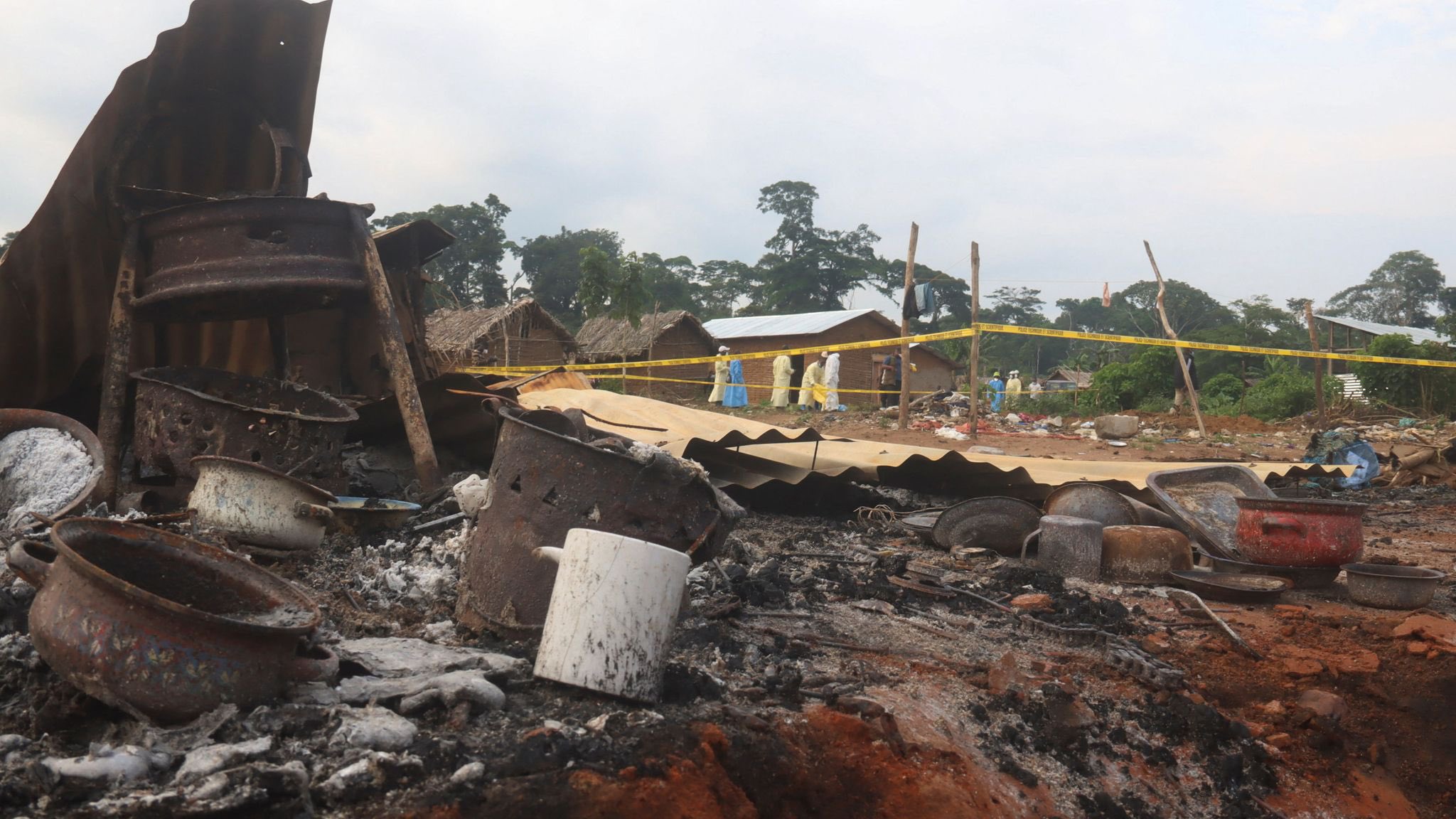The Democratic Republic of Congo (DRC) was once again thrust into the international spotlight as Islamic State-backed rebels armed with machetes and hoes killed at least 52 civilians in a brutal rampage through the Beni and Lubero areas of its volatile eastern provinces. The attack, which unfolded in the dark early hours, underscores the persistent instability and suffering plaguing the region despite years of international efforts to stem violence.
A Night of Horror and Loss
Local reports detail a night of horror as villagers in Beni and Lubero were besieged by militants wielding sharp weapons. These rebels, suspected members of the Allied Democratic Forces (ADF)—a group with direct ties to Islamic State—descended upon unsuspecting civilians as they slept or sought refuge in local places of worship. Eyewitnesses recounted desperate attempts to flee or hide as the rebels hacked their way through homes, churches, and gatherings. Among the dead were women and children; the youngest victims reportedly included two children, highlighting the indiscriminate nature of the violence.
Survivors described chaos: gunshots rang out in the night, but it was the sound of machetes and cries for help that marked the attack’s grisly intent. Local authorities indicated that the death toll could rise as the search for missing persons continued. Many bodies were found inside torched buildings, evidence of the rebels’ scorched-earth tactics meant to terrorize and destabilize entire communities.
Who Are the Perpetrators?
The Allied Democratic Forces have cast a long shadow over eastern Congo for decades. Originating in Uganda, this group moved into the DRC after military pressure in their homeland. Over time, the ADF forged direct links with ISIS, adopting the latter’s violent ideology to justify attacks that frequently target civilians, especially places of worship and local infrastructure. The group’s motivations now blend regional grievances with transnational jihadist ambitions, making it an especially unpredictable and deadly force.
These latest attacks are part of a wider surge of violence that has swept eastern Congo throughout 2025. Data from conflict observers and humanitarian organizations indicate a dramatic spike in killings, with over 2,500 reported fatalities in the first three months of this year alone—a toll not seen since the early 2000s.
Local and International Response
In the immediate aftermath, local civil society leaders condemned the attack and called for urgent military intervention.
“The bodies of the victims are still at the scene of tragedy,” explained Dieudonne Duranthabo, a community coordinator in Komanda, “We demand military intervention as soon as possible.” Volunteers prepared mass graves as officials and survivors worked through the devastation.
The Congolese military and United Nations peacekeeping force, MONUSCO, have struggled to stem the violence. Their efforts are complicated by the complex web of armed groups operating in the region, shifting alliances, and the dense forests that give cover to militants. Survivors report that security forces often arrive too late, with intervention coming only after the worst is over.
At the national level, the DRC government has repeatedly called upon international partners for support. Yet, responses—while swift in condemnation—have been slow in translating to lasting security. The presence of internal collaborators, weak governance, and chronic poverty deepen the region’s vulnerability.
Humanitarian Toll and Ongoing Crisis
The humanitarian fallout from the attack is immediate and severe. Hundreds of families have been displaced, and many survivors are left traumatized, without shelter, and fearful of future attacks. Local aid workers report that medical facilities are overwhelmed, and food and water are running dangerously low. The United Nations and local NGOs have issued urgent appeals, warning of a worsening crisis if the cycle of violence is not broken.
The regional instability has also sparked concerns among neighboring countries. As violence spills across borders—especially between DRC and Uganda—there are fears that wider regional destabilization may ensue if militant groups continue to operate with impunity.
A Call for Accountability and Peace
As Congo mourns yet another massacre, local leaders, international agencies, and ordinary citizens echo a united call: those responsible must be brought to justice, and attacks against civilians must end immediately. The bloodshed is a stark reminder of the DRC’s decades-long struggle against violence—a challenge that demands renewed commitment from all actors: national, regional, and global.
The events in Beni and Lubero demonstrate that Congo’s path to peace remains fraught, but the world cannot afford to look away.

